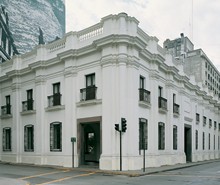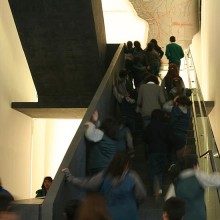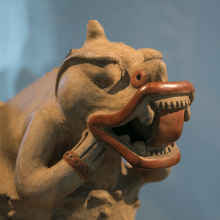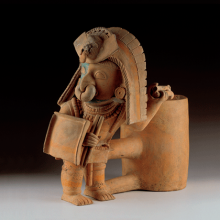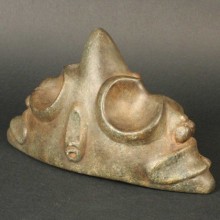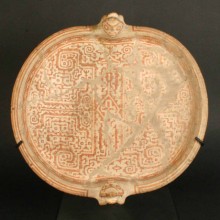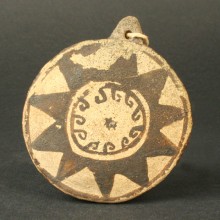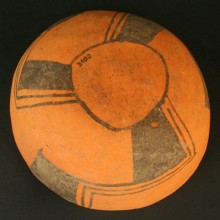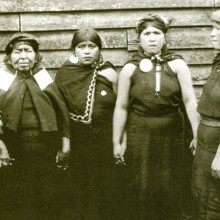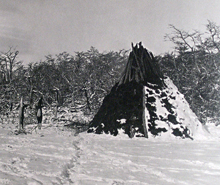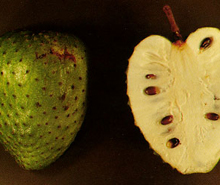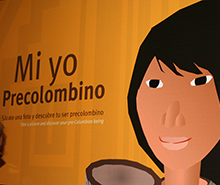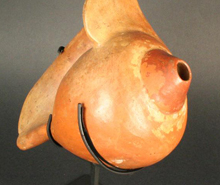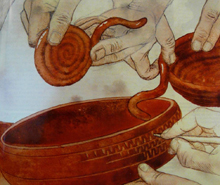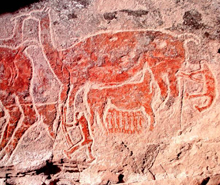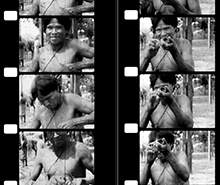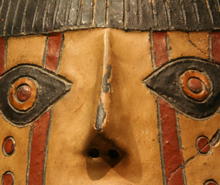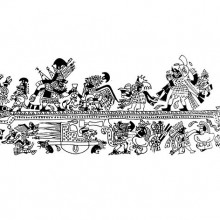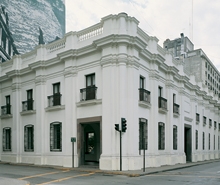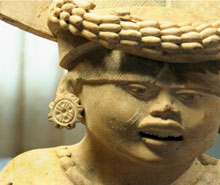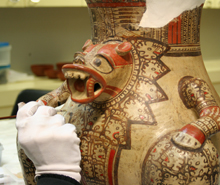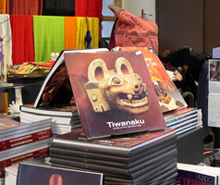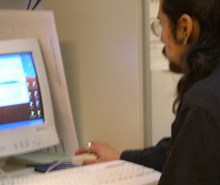The Museum is housed in one of Santiago’s most distinguished colonial buildings. Constructed in 1805 in the neoclassical style, thebuilding originally was home to the colonial government’s Royal Customs House.
Located one block from the Plaza de Armas of Santiago, the site the Museum occupies has always played a central role in the history of both the city and the country. In 1555, this very block was granted to the first Mayor of Santiago, Juan de Cuevas, who built his residence on it. In 1635 the Jesuit Order installed the royal Colegio Convictorio de San Francisco Javier, after named the Convictorio Carolino de Nobles.
Subsequently, Governor Luis Muñoz de Guzmán ordered that the Royal Customs House be built on the site and commissions its construction to military engineer José María de Atero, who erected the building between 1805 and 1807. This building, declared a National Monument and now home of the Chilean Museum of Precolombian Art, expresses a pure neoclassical architecture that was based on plans drawn up by de Joaquín Toesca, an Italian architect whose previous commissions included the Palacio de La Moneda presidential palace, among other buildings.
During the Republican period the building housed the National Library, and in 1845 it became home to the Courts of Justice, which it remained until1968 when a great fire completely destroyed the building and its archives. In the 1980s, through a series of restoration projects, the Custom’s House was completely rebuilt and refurbished, and became the home of the Museum.
The first floor of the Museum houses the temporary exhibit galleries. The Museum’s library operates in the basement of Compañía 1068, in a building designed by Sergio Larraín García Moreno.
